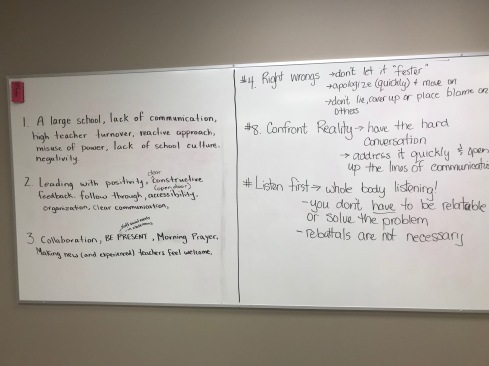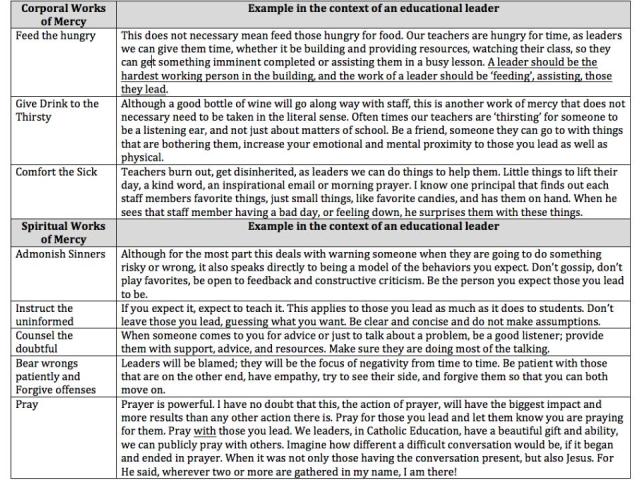One of the cornerstones of my position this year is building and maintaining solid relationships with the people I coach. This means that a lot of the learning I’ve done over the past six months has been how to do this. For this post, I thought I’d put together a short list of actionable items we can incorporate into our days that encourage positive relationships.
One of the best books I’ve read this year is The Code of Trust by Robin Dreeke, who puts forth the idea that trust is the most essential part of a relationship. As an FBI lifer who recruited and trained spies, Dreeke came up with five rules to gain trust and be a leader.
- Suspend your ego. I’m not going to lie, this one is hard for me. Dreeke has a line that he uses throughout the book that I’ve found helpful: it’s all about them. People want to talk about themselves, the things they’re good at and the struggles they have.
- To turn this into something tangible that can be practiced, start taking note of how people react when you make the conversation entirely about them. When someone walks away from a conversation feeling good, they’ll come back for more, which continues to build the relationship.
- Be non-judgemental. We judge. It’s in our nature not just as teachers but as people. However, trust will never be formed if someone feels like you’re judging them. They won’t approach you to share ideas or to get help with problems.
- Something to try: Replace your “why questions” with “whats” and “hows”. Why is inherently judgemental and can make feel like they’re being interrogated. Compare, “why were you late?” with, “what happened that caused you to be late?” The second question takes the emphasis off the person and puts it on the situation. This leads to a better, more honest conversation.
- Validate others. Praise is essential and people will trust those who see the good in them.
- This one is easy to practice: praise the people around you (bonus points if you find a person you don’t really know on staff and dig deep to find reasons to praise). Be conscious though, that the purpose of praise is to identify positive behaviors and get people to continue them. So false praise will get people to continue negative behaviors.
- Honor reason. I like this one for its simplicity. Dreeke says, “Stick to the facts and be honest…Trust inspired by mere emotionalism lasts only as long as the next emotion.” Relationships built around exaggeration, debate, manipulation, or coercion cannot, by their nature, last. Once the trust is breached the relationship suffers.
- To practice this one, be honest and open with people. If you exaggerate often (I do it practically ALL the time), try to keep that in check because exaggeration isn’t ever truthful and will eventually cause people to question what you say.
- Be generous. As Dreeke puts it, “selfishness repels, generosity attracts.” This doesn’t have to be strictly material: be generous with your time, your effort, your patience, your praise. Generosity with one person can sometimes endear you to an entire group.
- I think this is one that teachers are great at with their students. Think of a teacher saying yes when their students ask to continue with the read-aloud or ask for help with a math problem. Teaching is a generous profession, so how can you extend that to colleagues? Maybe covering a supervision for the stressed out teacher across the hall, or stacking the dishes for the teacher on staff-room clean up.
Here’s my challenge to you: pick one and go deep with it over the next few weeks. Comment on what did or didn’t work. Do you feel like you do one of these very well? If so, tell us what you do. I bet you’ll get some praise. Is one of these something you struggle with? Tell us about it (vulnerability is a key to building rapport…).
If you’re interested, here are the books I based all this on: The Code of Trust by Robin Dreeke and Ask Powerful Questions by Will Wise. I highly recommend both of these books!





